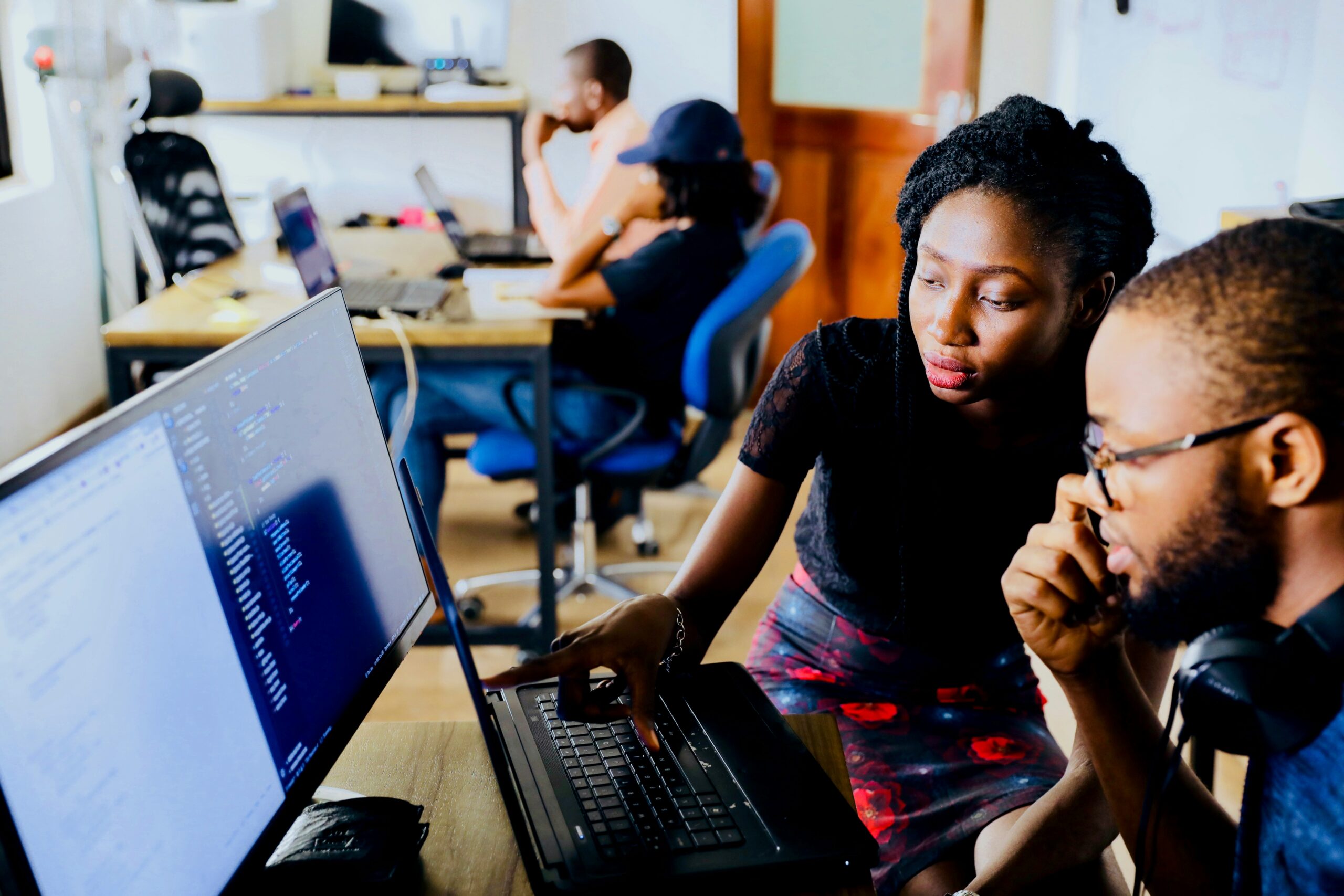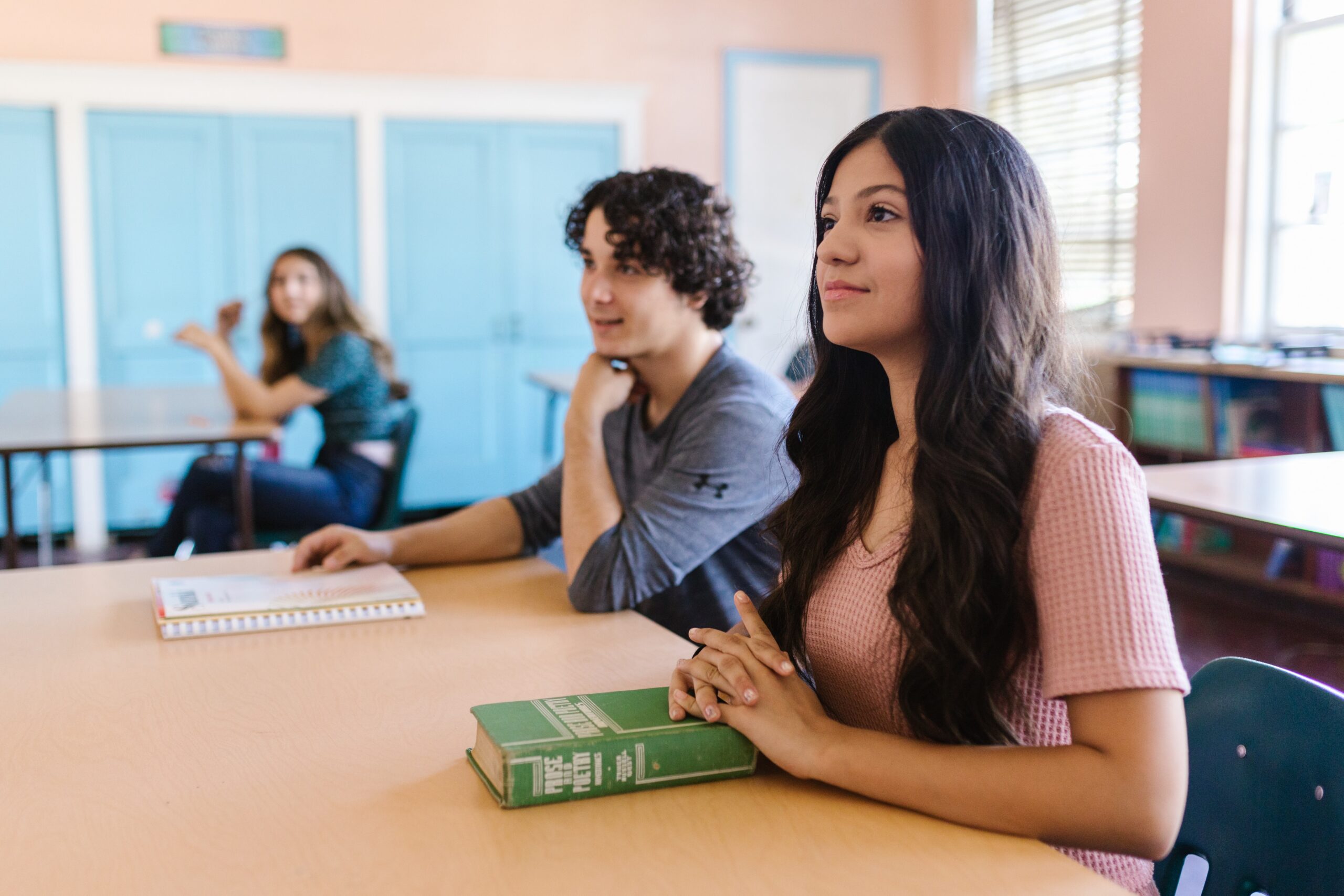
Two Important Social And Emotional Skills for Academic Success
By Andrew McPeak
Growing up, David Aguilar was obsessed with LEGOs. Like many kids he would build creations utilizing his imagination, but unlike many kids David was building to solve a specific problem: he had been born with only one hand.
David was born with a specific genetic condition called Poland Syndrome, which caused his right arm below the elbow to not fully develop at birth. His condition made growing up difficult because of how different he felt from other kids. LEGOs became both an outlet and a potential solution to his problem. What if he could build himself an arm to replace the one he didn’t have? His first attempt at 9 years old functioned, but wasn’t strong enough, and so he came back to the problem a few years later. At age 18 he got access to LEGO Technic, a stronger version of the blocks that he was finally able to use to create his first functional arm. His first working version was strong enough for him to do a push-up. His second version included a battery to help him lift heavier objects.
You probably won’t be surprised to learn that today David is finishing his degree in bioengineering at the International University of Catalunya in Barcelona, Spain. His mission? To create affordable prosthetics for everyone who needs one.
What Does It Take to Be Successful in School?
So, let me make perhaps an odd statement. I believe David’s remarkable story is possible not only because of his intelligence, but also because of his social and emotional skills. Why? Because David’s story of success includes failure. On his first go-round not everything worked, so he had to try again.
Recent studies have actually shown that the same social and emotional skills that drove David’s success are shared by students around the world who do well in school.
The Organization for Economic Cooperation and Development conducted a survey of more than 3,000 students from large cities in 11 countries, including the United States, Helsinki, Finland, China, and Russia. The study wanted to try and find connections in students between academic performance and social and emotional skills. The social and emotional skills they measured covered five distinct areas: Task performance (such as persistence and self-control), Emotional regulation (such as optimism and reaction to stress), Collaboration (like empathy and trust), Open-mindedness (such as tolerance, curiosity, and creativity), and Engagement with others (such as assertiveness and sociability). Remarkably, their study showed that two SEL skills in particular showed strong correlation to high performance in both mathematics and reading. These two skills were curiosity (connected to open-mindedness) and persistence (connected to task performance).
The findings of this study, which match others done in the last several decades, are so remarkable because they challenge our baseline assumptions about what it takes to succeed in school. Many of our schools, classrooms, and programs are set up with the belief that there are two kinds of kids: normal kids and smart kids. But what if the biggest separator between kids who succeeded in school wasn’t based on intelligence, but was instead based on a student’s academic curiosity and their persistence when faced with a challenging task?
Four Ideas to Help Cultivate Curiosity and Persistence in Our Students
So, if curiosity and persistence are so important to our student’s success in school, how do we cultivate them? For years, we have spoken at Growing Leaders about soft skills like muscles. This is good news for parents, teachers, leaders and coaches. Just like a muscle, curiosity and persistence can be built. Let’s look at four practices great leaders utilize to develop these two social and emotional skills in students:
Idea #1: Give Them Margin
Albert Einstein made some of his biggest discoveries not at school or at work, but at home, while walking, or having a cup of tea. Isaac Newton developed his laws of motion and gravity during a year “quarantined” at home while the Black Plague was ravaging Europe. Simply creating space for students without the distractions of screens or assignments can cultivate passion and insights. This might be the most simplistic idea on the list, but it may also be the most powerful. People with no margin in their day cannot access their creativity and cannot open themselves to new ways of thinking about old things.
Idea #2: Allow Students to Practice Self-Directed Learning
The students you lead today have likely been told what to do their entire life. Whether by parents, coaches, social media platforms, shopping sites, or even previous teachers, the vast majority of young people today don’t get a lot of time for self-direction. This is why leaders looking to give students opportunities to develop curiosity and persistence should try giving their students goals without giving them directions. While it will likely be a painful transition at first, students who learn to teach themselves will build vital skills to prepare them for the 21st century workplace.
Idea #3: Allow Students to Choose Their Own Interesting Problems
Another great idea to cultivate curiosity and persistence is to allow students additional agency when tackling papers and assignments. Many studies have shown that when students are allowed to work on a problem that is interesting to them, they are far more likely to work longer, harder, and enjoy the process.
Idea #4: Celebrate Failures as Often as Success
The final idea here is more about the culture of the classroom environment you are trying to create. Students today are growing up with FOMU, or “Fear of Messing Up.” Our world of always-on cameras and live commentary often makes students feel like any minor screwup can be catastrophic. Why not set the tone for students to fail forward by creating a culture that celebrates failure? Remind students that every failure is a lesson and that no one great ever succeeded without first failing.
The Power of Curiosity and Persistence
David Aguilar has taken what he’s learned public. In the summer of 2020 he finished the “MK-V,” the fifth and most advanced version of his prosthetic arm. Rather than keeping this invention to himself, he published a video showing the designs and giving instructions to others on how to build one for themselves. But David didn’t stop there. After receiving an email from a loving mom, David set out to meet her son: little Beknur.
Beknur is a young boy who suffers from a similar condition as David, but rather than just missing one appendage, Beknur is missing all of them. In the place of his arms and legs, he has small functional digits. Beknur’s mom reached out to David to see if he could help; and that’s exactly what he did.
In 2021, David and Beknur met and David unveiled for him his own LEGO arm. If you want to watch the video, you can here. It will make your day.
What I love about David and Beknur’s story is that it once again tells the tale of how young people change the world. When we empower our students with skills like curiosity and persistence, we aren’t just helping them with their test scores. We are giving them a gift that will inspire them to solve problems and serve people around them.






